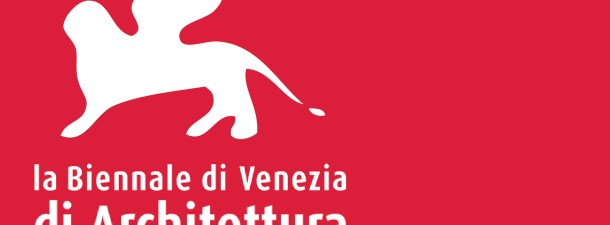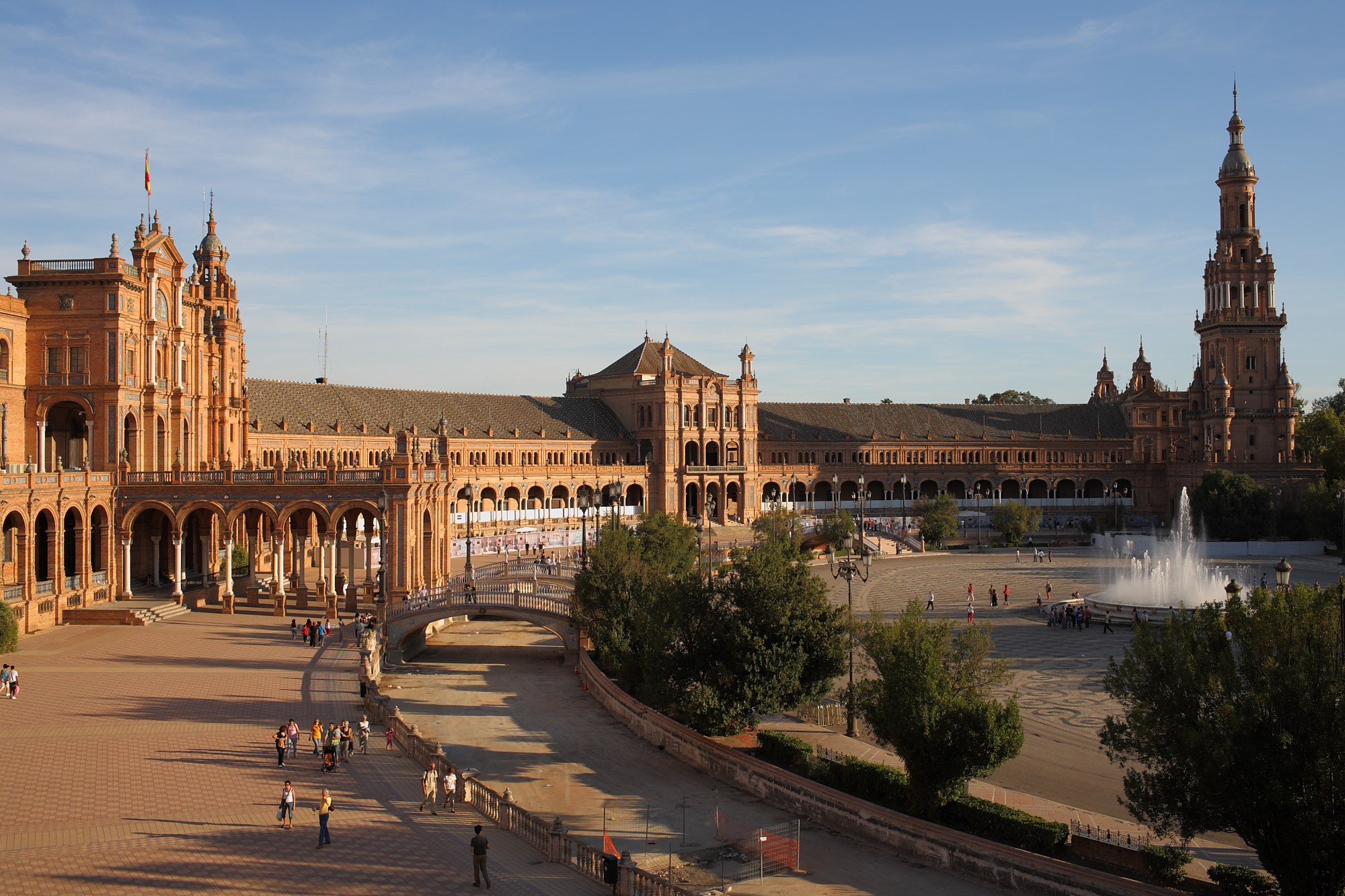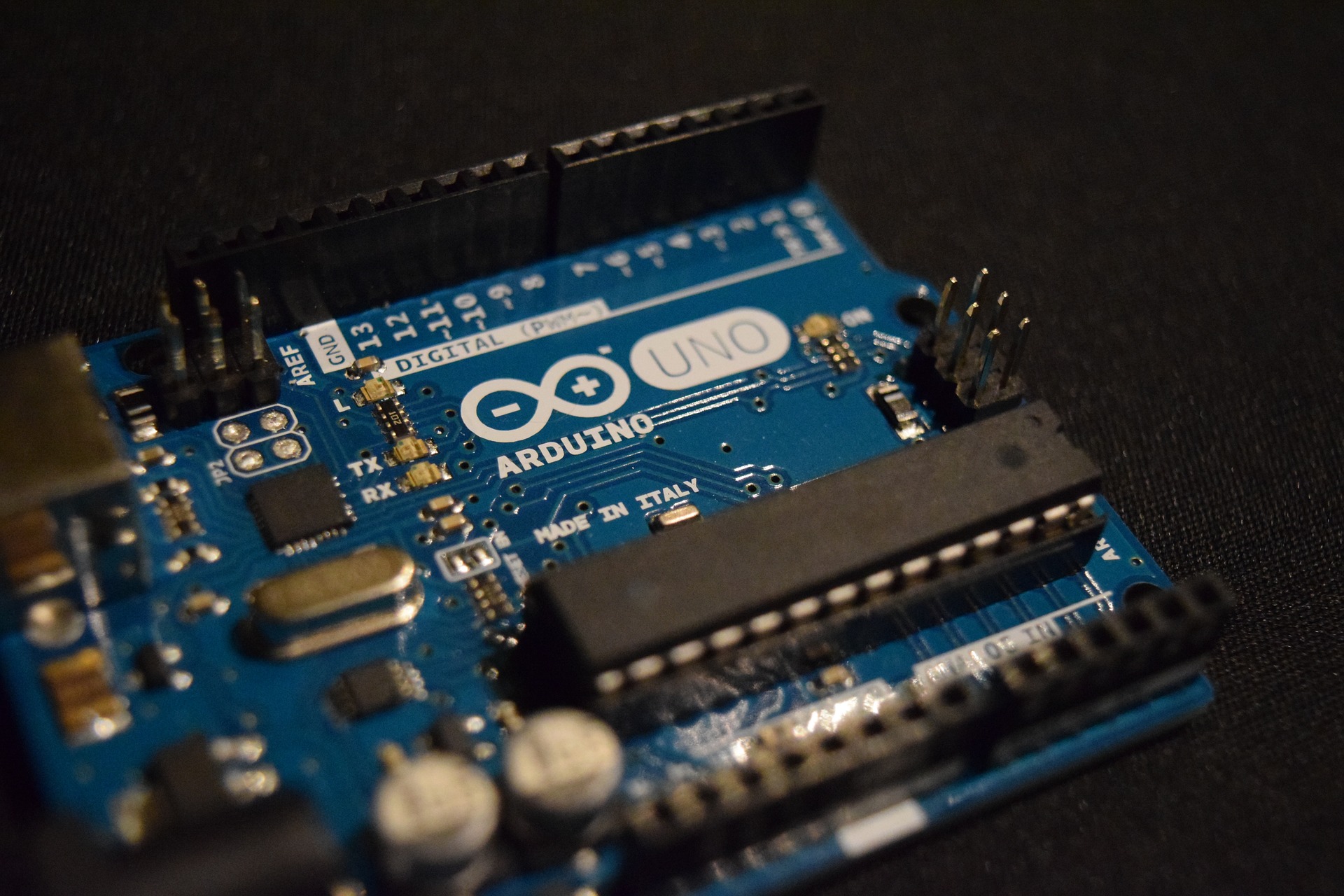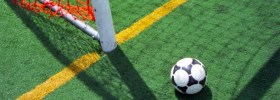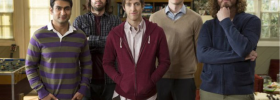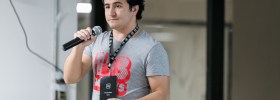As the design guru, John Maeda, once said: ”our economy is built upon convergent thinkers, people that execute things, get them done. But artists and designers are divergent thinkers: they expand the horizon of possibilities. Superior innovation comes from bringing divergents (the artists and designers) and convergents (science and engineering) together”. For instance, both Apple and Mercedes have their engineers collaborate with artists in the development of products and services.
Sometimes, a specific person can excel at both convergent and divergent thinking. For instance, Alexander Graham Bell was a pianist whose invention of the telephone began with a simple musical game, and both Samuel Morse (inventor of the telegraph) and Robert Fulton (inventor of the steam ship) were great 19th century artists, whose work is displayed at the Smithsonian Art Galleries. Actually, there is a study by Robert Root-Bernstein that shows that the Arts foster scientific success, including that of Nobel Prize winners, members of the National Academy and the Royal Society, etc.
At the same time, we should remember that technological breakthroughs have always been an inspiration for new forms of artistic expression.
As a result of this fruitful dialogue between the science-and-technology world with the Arts world, Art institutions worldwide have started engaging with science and technology. In turn, high tech industry and high profile science institutions have been setting up programs that allow them to establish a dialogue with the Art world that will help them to better reflect on their own thought process and priorities.
Recently, in order to support this dialogue, La Biennale di Venezia and the European commission organized the Nexus1 Symposium on creation at the crossings of the Arts with Science and Technology. http://www.labiennale.org/en/news/29-10.html?back=true
The questions that were addressed were:
- How the Arts have been inspired by science and technology, and how the arts have inspired technological development and use by society.
- How do the Arts appropriate knowledge from science and technology in artistic creation?
- How does such appropriation influence technology development?
- How do science and technology assimilate artistic creativity in their practice?
To this effect, a diverse group of artists, scientists and technologists, along with representatives from the art institutions and industry, were invited to Venice to present their views on the subject.
Five years ago, Telefonica R&D bet on the potential of Artist Residences in their R&D lab, and established an Art and Technology Program. In this program they have had artists from around the world spend around 4 months in their lab, learning new technologies and collaborating with engineers, software developers and scientists, in order to bring to life their proposed ideas. This makes Telefonica R&D one of the few corporate R&D labs in Europe that have taken such an approach at bringing artists as residents. This being the reason why they were invited to present those experiences at the Nexus1 symposium in Venice.
Telefonica R&D has been involved in two different global challenges (i.e. calls for ideas in specific areas of Internet of Things, Open Hardware, etc.). The first one is NextThings, in collaboration with LABoral Centro de Arte y Creación Industrial
http://www.laboralcentrodearte.org/en/r/convocatorias/nextthings2016?set_language=en;
while the second one was the VIDA, Art and Artificial Life International Awards-Incentives for Production Prizes, in collaboration with the Telefonica Foundation, which went on for 2 years.
Over the last 5 years they have covered a set of diverse ideas, some of them being:
- Non Verbal communication through connected plush toys.

Mapocci – The Connected Plush Toy http://mapocci.net
http://telefonicacatalunya.com/video/mapocci/
- Low cost and powerful do it yourself flying phones.
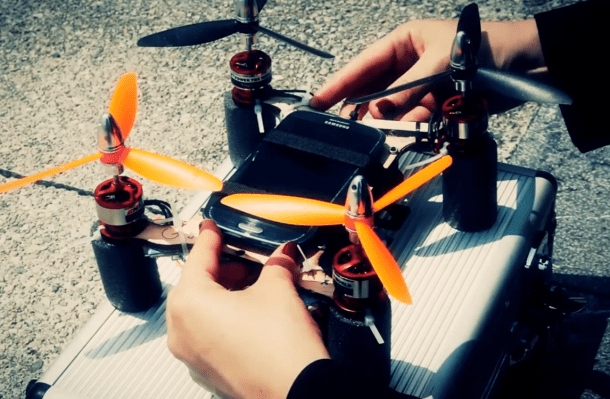
Flone – The Flying Phone http://telefonicacatalunya.com/video/flone/
- A poetic WiFi router that reinterprets the information that you are browsing through the Internet.
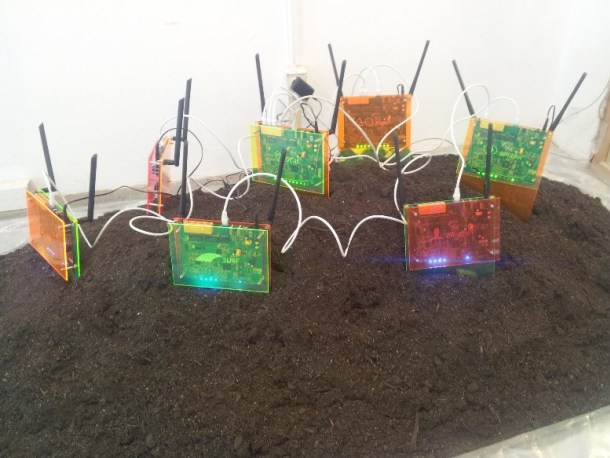
The Slow Internet Café – the Poetic Router
http://www.laboralcentrodearte.org/en/exposiciones/sam-kronick.-the-slow-internet-cafe
- A sensorized dress to detect how the environment affects the user’s mood.

Environment Dress – the Sensorized Dress http://environmentdress.org/
- Allowing mobile phones to interact among themselves, once they recognize each other, without any human intervention.

memememe – the Interacting Phones http://www.memememememememe.me/
Telefonica R&D also briefly described their Open Innovation collaborations with best in class creative organizations, like elBulliFoundation, and Fútbol Club Barcelona, at the Nexus1 symposium. They explained how some learnings from these interactions have been leveraged into their Art and Technology Program, in order to make the relationship between artist and scientists/engineers more effective.
In these Open Innovation projects Telefonica R&D applies Big Data algorithms to both gastronomy and football. You can find more information on these two projects in the links below:
